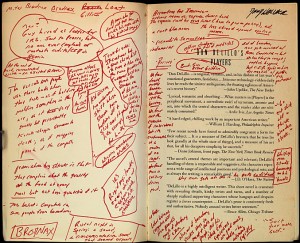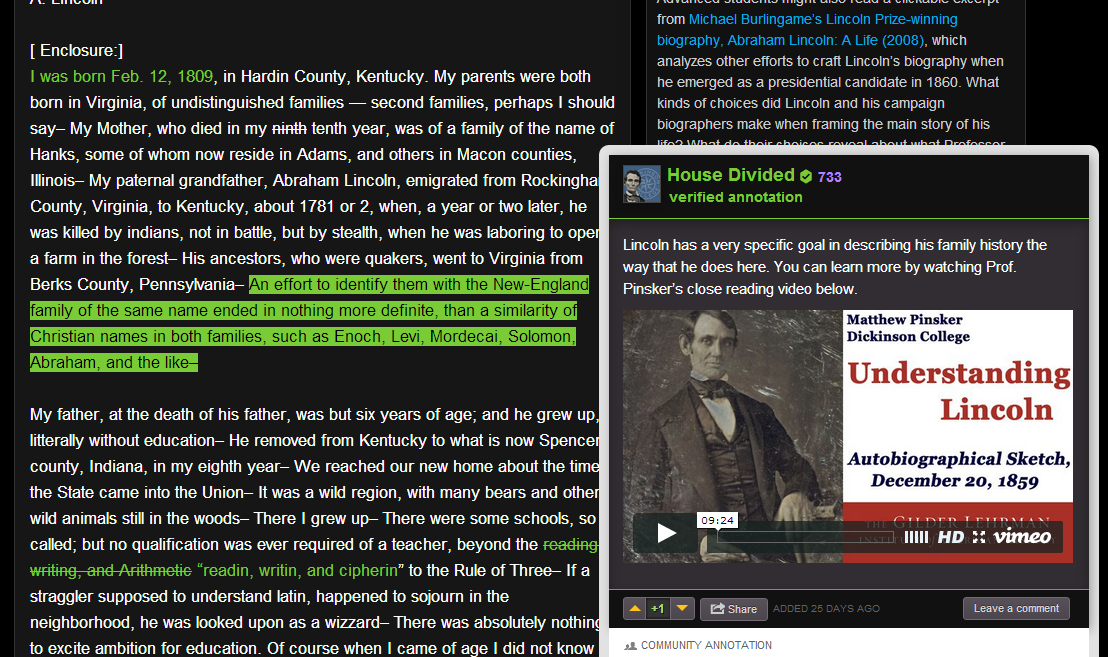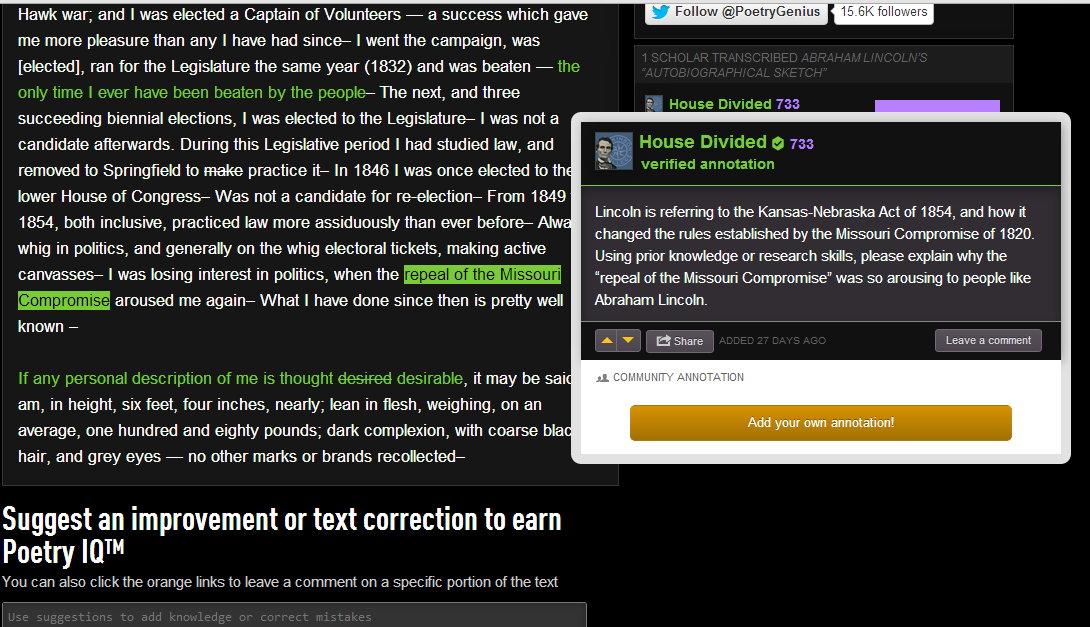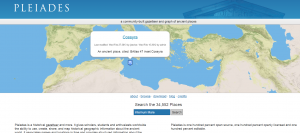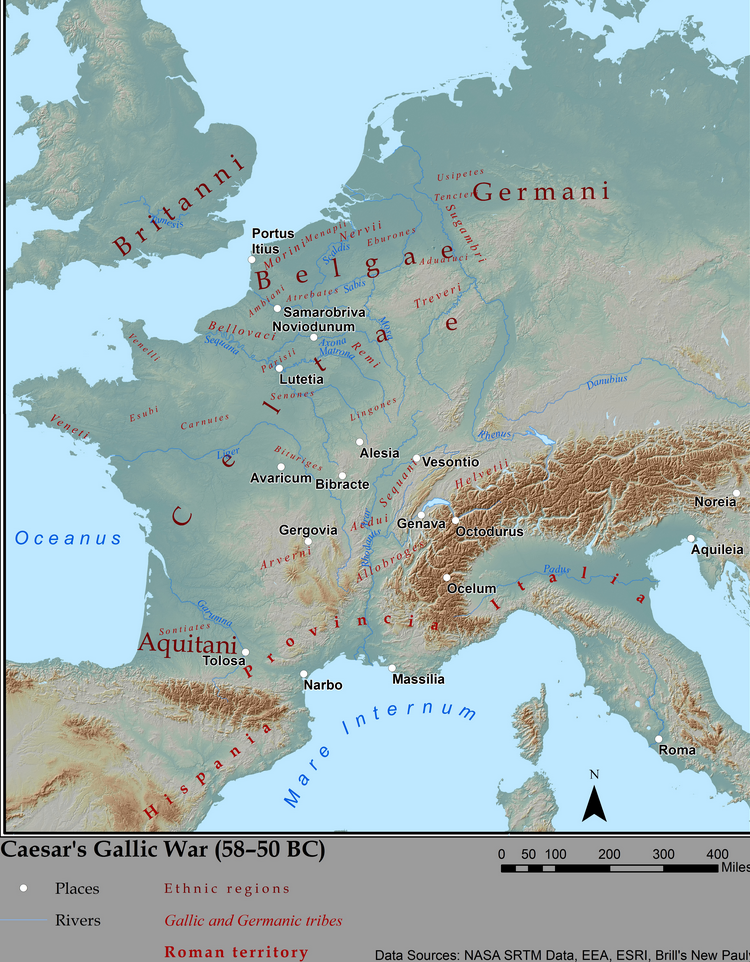 It is often difficult for digital projects to get any detailed critique outside of the grant writing process, or even then. So I was delighted to see Patricia Johnson’s thorough and thoughtful review of William Turpin’s DCC edition of Ovid’s Amores, Book 1 in the Bryn Mawr Classical Review. It was full of good suggestions from Prof. Johnson and her students. She highlighted some problems of which we were already aware, especially the insufficiency of the vocabulary lists. These exclude the DCC core of the 1000 most common Latin words. The problem is that students normally do not have anywhere near that much vocabulary under their command, and access to the core items through the core database is not as easy as it should be. The solution we plan to adopt going forward is to provide two vocabulary lists, one core and one non-core. Bret Mulligan’s edition of Nepos’ Life of Hannibal has these segregated core and non-core lists, and they have proven to have real pedagogical utility. One can say to students at the lower intermediate level, “you don’t have to learn all the words right now, just the high frequency ones,” then hand them that list. One can also make reading texts in which non-core items are glossed.
It is often difficult for digital projects to get any detailed critique outside of the grant writing process, or even then. So I was delighted to see Patricia Johnson’s thorough and thoughtful review of William Turpin’s DCC edition of Ovid’s Amores, Book 1 in the Bryn Mawr Classical Review. It was full of good suggestions from Prof. Johnson and her students. She highlighted some problems of which we were already aware, especially the insufficiency of the vocabulary lists. These exclude the DCC core of the 1000 most common Latin words. The problem is that students normally do not have anywhere near that much vocabulary under their command, and access to the core items through the core database is not as easy as it should be. The solution we plan to adopt going forward is to provide two vocabulary lists, one core and one non-core. Bret Mulligan’s edition of Nepos’ Life of Hannibal has these segregated core and non-core lists, and they have proven to have real pedagogical utility. One can say to students at the lower intermediate level, “you don’t have to learn all the words right now, just the high frequency ones,” then hand them that list. One can also make reading texts in which non-core items are glossed.
She also pointed out the problems of using Google Earth for maps of places mentioned in the text. This was an expedient based on the resources we had available, but for many people having to download Google Earth is not worth the trouble, and this constitutes a real barrier to usability. We have some GIS capability to make static maps (Dan Plekhov’s excellent maps for Caesar’s Gallic War), but at the moment true interactive maps that you can dive right into seem to be beyond our budget. But I would welcome ideas about how to achieve this easily.
Prof. Johnson’s use of this resource in a classroom setting yielded some good insights and ideas from her students:
My students propose a notetaking/highlighting feature, with the ability to save both text and notes to use in class, and/or better printing capability for in-class use of the text. Some envisioned a feature allowing the creation of a unique class forum on the site where grammatical and translation questions can be posted and answered by their professor. My seminarians discovered an unanticipated advantage of the electronic format in class: I could project the text from my iPad onto a white board (in our case, green, so font color options would be useful) for in-class scansion exercises without spending precious class time writing out the Latin on the board.
Better printing capability is definitely something we need to work on. Most simply we could just provide a .pdf of the text, notes, and vocabulary. But then we get into version issues. Every time we make corrections (as I did to the Amores 1 edition yesterday based on notes sent to me separately by Prof. Johnson) we would have to go back in and fix the .pdf. Not realistic for our workflow, alas. On the other hand, Nimis and Hayes’ editions of Greek texts are a good model for print-on-demand, and I would still like to see all out commentaries appear at some point as books.
The question of social features is one that we on the editorial board discussed a lot in the early stages. Online user annotation is a fascinating area, but one in which platforms are evolving fast. It’s a moving target, and we felt it was preferable not to do it than to try, and do it badly. Luckily, possible salvation has recently emerged in the form of a developing collaboration with Rap Genius/Poetry Genius, a brilliant social annotation format. Jeremy Dean at Poetry Genius has shown interest in developing some kind of partnership with DCC so that our content can be socially annotated at their site–fine because all our content is under open license (CC-BY-SA). Such a partnership is already proving successful between Poetry Genius and another Dickinson digital humanities site, House Divided (more on that).
The idea of projecting the text on screen is a superb one, for the reasons Prof. Johnson mentions, and because it greatly alters the quality of attention in a classroom setting. If DCC can encourage this growing trend, I would be very happy about that. DCC exists within an academic culture, and within an ecosystem of print and electronic resources. Reviews like Prof. Johnson’s are a much-needed aid to help us explore this new and uncertain territory. I encourage you to read the review in full here, and more importantly to go out and write similar reviews of digital projects yourself if you can. I have started editing a little review series called DH Direct on a different blog, and would be pleased to receive contributions from scholars or students in any field, in classics or beyond.
–Chris Francese
